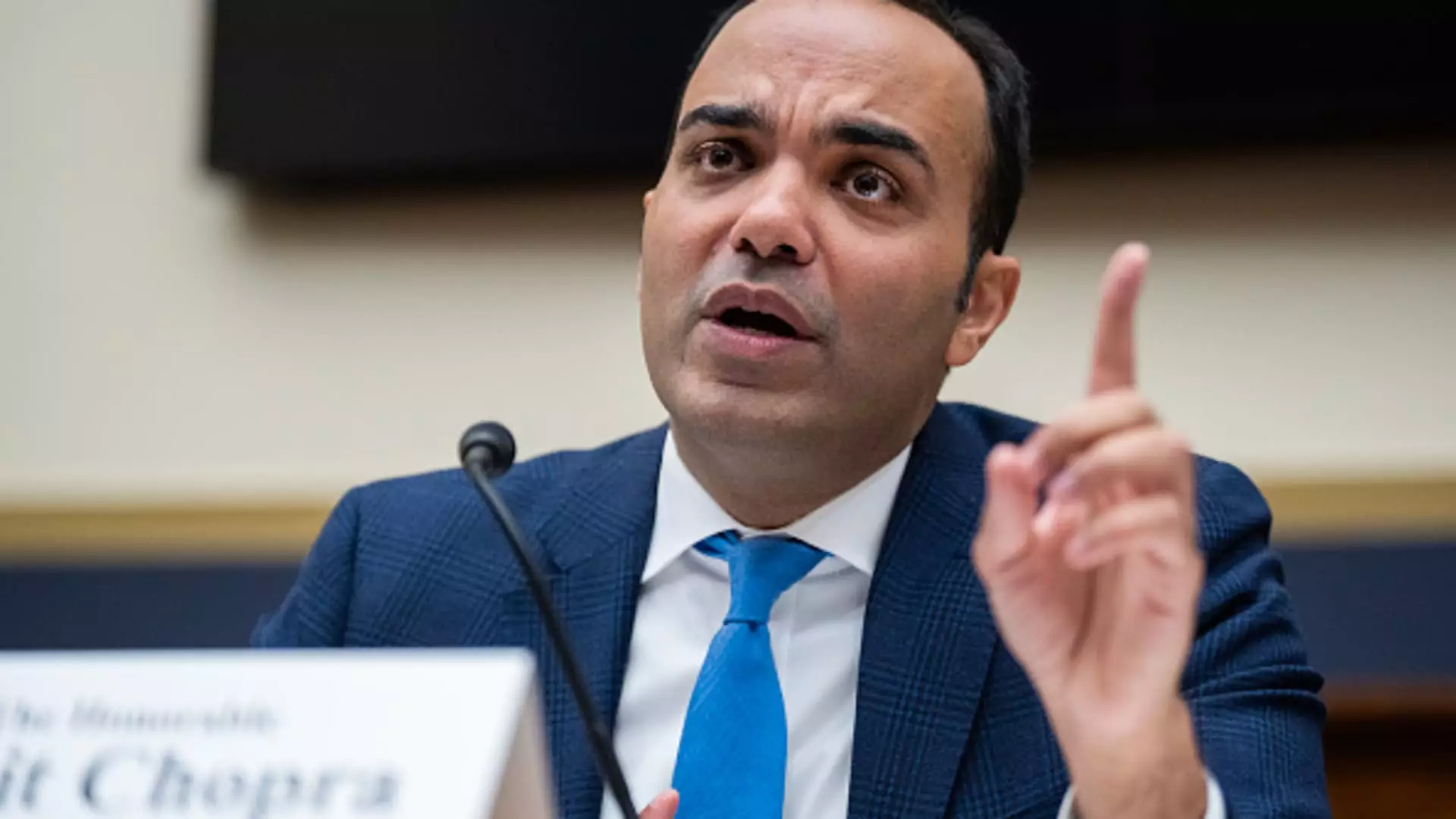The Consumer Financial Protection Bureau (CFPB) has made a significant stride toward protecting American consumers by announcing a final rule that curtails the excessive overdraft fees charged by banks. This move is expected to alleviate the financial burden on millions of Americans and is projected to save consumers approximately $5 billion annually. The rule represents a strong regulatory push to combat financial practices that have historically benefited banks at the expense of consumers. By limiting fees to a maximum of $5 or requiring transparency in interest charges for overdraft loans, the CFPB aims to reform a facet of banking that has long been characterized by hefty penalties.
Overdraft fees have historically generated astronomical revenue for banks, totaling around $280 billion since the turn of the century. The means by which these fees have been levied often seem exploitative, particularly considering the typical average fee hovers around $35 per transaction. These penalties can create a ripple effect, leading consumers into a cycle of debt that can be particularly damaging for low- to moderate-income households. The CFPB’s recent announcement marks a pivotal moment in an ongoing struggle against what they categorize as “junk fees,” which disproportionately affect vulnerable populations who may rely on their checking accounts more than others.
Industry Response and Future Implications
The rule, which comes into effect on October 1, 2025, is already facing considerable resistance from banking lobbyists. Although some major financial institutions have begun to rethink their overdraft fee structures, the CFPB’s regulations push the envelope further, aiming for a standardized approach to transparency and fairness. While this is a victory for consumer advocates, the banking industry warns that the change could hamper access to necessary financial services. The Consumer Bankers Association is vocally opposing the regulation, arguing it may drive customers towards alternative lending sources, such as payday loans, which often exacerbate financial difficulties.
A Changing Financial Landscape
The evolving landscape of banking practices underscores the need for both consumers and institutions to adapt. Major banks like JPMorgan Chase and Bank of America have already made moves to lessen the sting of overdraft fees, including outright elimination for some accounts and limiting high-cost transactions. However, the CFPB’s regulatory framework seeks to standardize these practices across the board, potentially heralding a significant shift in how financial institutions approach overdraft fees overall.
As we look toward the future, the implications of this regulatory change could reshape consumer behavior. With overdraft fees potentially becoming less burdensome, individuals may find an opportunity to manage their finances with greater agency. Furthermore, as consumers become aware of their rights regarding these fees, demand for increased transparency in all banking practices is likely to grow.
Despite the CFPB’s optimism, the enforcement of this rule may encounter significant hurdles. With the anticipated appointment of a new CFPB director under the incoming administration, it remains uncertain how the momentum gained in the fight against junk fees will be maintained. The early stages of this rule have already sparked legal battles, particularly concerning a parallel initiative aimed at capping late credit card fees. As the banking sector crystallizes its stance against such consumer-friendly policies, the ongoing tug-of-war between regulation and industry interests threatens to create a complicated landscape for consumer protection efforts.
The CFPB’s commitment to remodel the overdraft fee structure is a critical step in ensuring banks prioritize consumer welfare in an industry long criticized for its exploitative practices. As this rule takes effect, it promises not only to lessen the financial strain on individuals but also to instill a newfound commitment to transparency within the banking sector. This is just the beginning of what could turn out to be a transformative period for consumers navigating the banking landscape, urging other financial systems to reconsider their policies for the betterment of all. The future of consumer finance may depend on collective advocacy, vigilance, and a commitment to fostering genuine consumer well-being.

